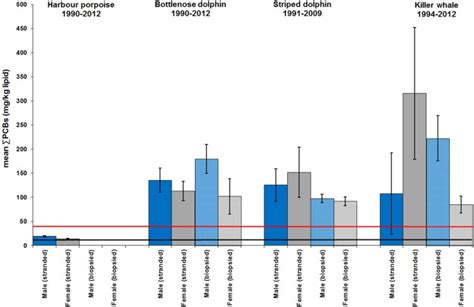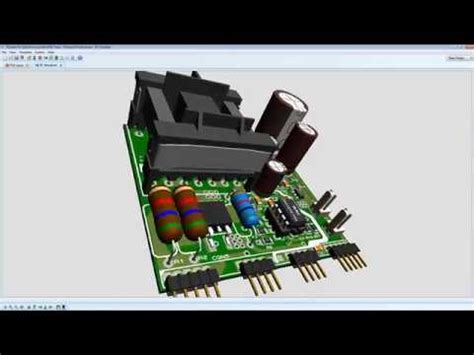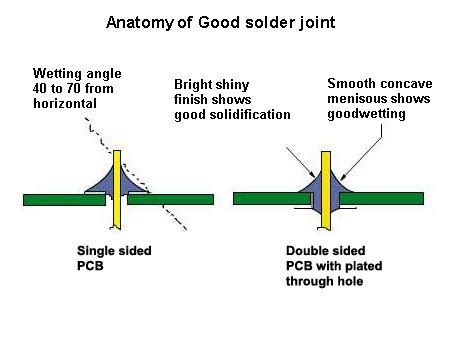
Blog
-
 Read more: Single-Sided And Double-Sided PCB – What You Should Know(latest)?
Read more: Single-Sided And Double-Sided PCB – What You Should Know(latest)?Introduction to PCB Types Printed Circuit Boards (PCBs) are the foundation of modern electronics. They provide a platform for mounting and interconnecting electronic components to create functional circuits and systems. PCBs come in various types, each with its own characteristics, advantages, and limitations. Two of the most common PCB types […]
-
Polyester PCB Boards
Posted by
–
 Read more: Polyester PCB Boards
Read more: Polyester PCB BoardsIntroduction to PCB Boards Printed Circuit Boards (PCBs) are the backbone of modern electronics. They are used in almost every electronic device, from smartphones and computers to automobiles and aerospace systems. PCBs are made by printing conductive traces and pads onto a non-conductive substrate, which is typically made of fiberglass […]
-
The Pollution of PCB Boards In PCB Manufacturing
Posted by
–
 Read more: The Pollution of PCB Boards In PCB Manufacturing
Read more: The Pollution of PCB Boards In PCB ManufacturingIntroduction to PCB Pollution Printed circuit boards (PCBs) are essential components in nearly all modern electronic devices. However, the manufacturing process of PCBs can have significant environmental impacts, particularly in terms of pollution. PCB pollution refers to the release of harmful substances during the production, use, and disposal of PCBs. […]
-
Focus on Multi-layer Printed Circuit Boards
Posted by
–
 Read more: Focus on Multi-layer Printed Circuit Boards
Read more: Focus on Multi-layer Printed Circuit BoardsIntroduction to Multi-layer PCBs Multi-layer printed circuit boards (PCBs) have revolutionized the electronics industry by enabling the design and manufacture of compact, high-performance electronic devices. These complex boards consist of multiple layers of conductive and insulating materials, allowing for increased circuit density and improved signal integrity. In this article, we […]
-
How do you test solder paste printing?
Posted by
–
 Read more: How do you test solder paste printing?
Read more: How do you test solder paste printing?Introduction to Solder Paste Testing Solder paste printing is a critical process in the manufacturing of printed circuit boards (PCBs). It involves the precise application of solder paste onto the PCB Pads, which will later be used to attach electronic components. The quality of the solder paste printing process directly […]
-
What is Via Filling
Posted by
–
 Read more: What is Via Filling
Read more: What is Via FillingIntroduction to Via Filling Via filling, also known as via plating or through-hole plating, is a crucial process in the manufacturing of printed circuit boards (PCBs). It involves the deposition of conductive material, usually copper, inside the drilled holes (vias) of a PCB to create electrical connections between different layers […]
-
Why PCB Visualizer
Posted by
–
 Read more: Why PCB Visualizer
Read more: Why PCB VisualizerIntroduction to PCB Visualizer PCB Visualizer is a powerful tool that allows engineers, designers, and hobbyists to create, visualize, and analyze printed circuit board (PCB) designs. With its intuitive interface and comprehensive features, PCBVisualizer streamlines the PCB design process, making it easier and more efficient than ever before. What is […]
-
PCB Multi-layer Fabrication – Lay-up and Bond
Posted by
–
 Read more: PCB Multi-layer Fabrication – Lay-up and Bond
Read more: PCB Multi-layer Fabrication – Lay-up and BondIntroduction to PCB Fabrication Printed Circuit Board (PCB) fabrication is a complex process that involves multiple steps to create a functional board. One of the crucial stages in PCB fabrication is the lay-up and bonding of multiple layers to form a multi-layer PCB. This process requires precision, accuracy, and strict […]
-
What is an open on a PCB?
Posted by
–
 Read more: What is an open on a PCB?
Read more: What is an open on a PCB?Understanding PCB Opens and Their Impact on Circuit Functionality Printed Circuit Boards (PCBs) are essential components in modern electronics, acting as the backbone for interconnecting various electronic components. However, during the manufacturing process or due to external factors, issues like PCB opens can arise, compromising the functionality and reliability of […]
-
 Read more: What are the Influential Factors of Quality Solder Joints?
Read more: What are the Influential Factors of Quality Solder Joints?Key Factors Influencing Solder Joint Quality 1. Solder Alloy Composition The choice of solder alloy composition is one of the most important factors influencing solder joint quality. Different solder alloys have varying melting points, wetting properties, and mechanical strengths, which can affect the formation and reliability of solder joints. Common […]




